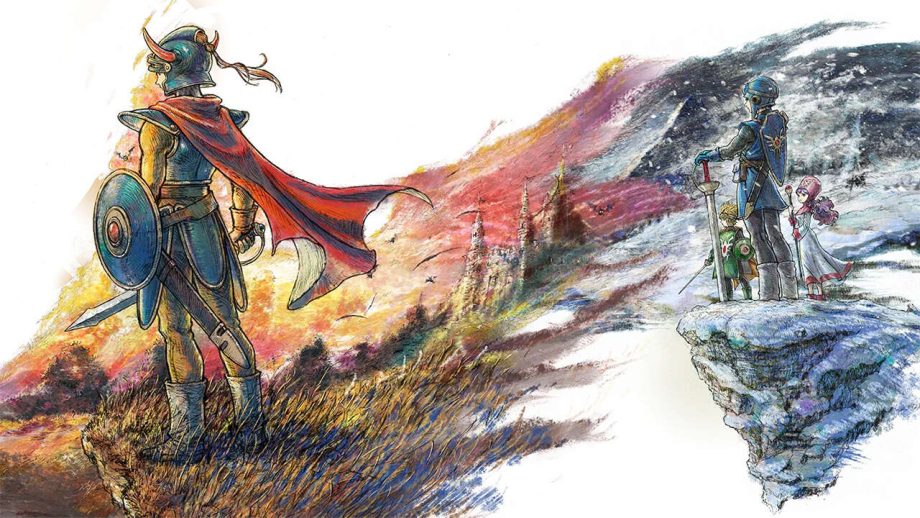Although Dragon Quest is one of the most popular game series in the East, it has never quite caught on in the West. Released under the banner of Square Enix, the series was often overshadowed by sister series Final Fantasy. While this never stopped any mainline entry from being released in the West (except for X, which is an MMO), I can’t help but feel that Dragon Quest never got the due it deserved. Its pedigree and influence is rooted in some of the earliest examples of role-playing games, and each game in the series utilizes that inspiration to craft a wonderful experience with mass appeal and its own ingenuity.. With all that said–and the recent release of Dragon Quest I & II – HD-2D Remake–it’s time for you to finally play Dragon Quest.
The case for playing Dragon Quest begins with the start of the RPG genre as a whole. When Wizardry: Proving Grounds of the Mad Overlord released in 1981, it helped define what would later become known as the dungeon-crawler, a type of role-playing experience that asked players to form a party of various heroes with gear and venture into an unknown space to fight monsters and seek treasures. Wizardry streamlined the dice rolling and stat math of Dungeon & Dragons and condensed it into video game form, allowing players to venture into the same peril of their tabletop on their glowing screens for the first time ever.








